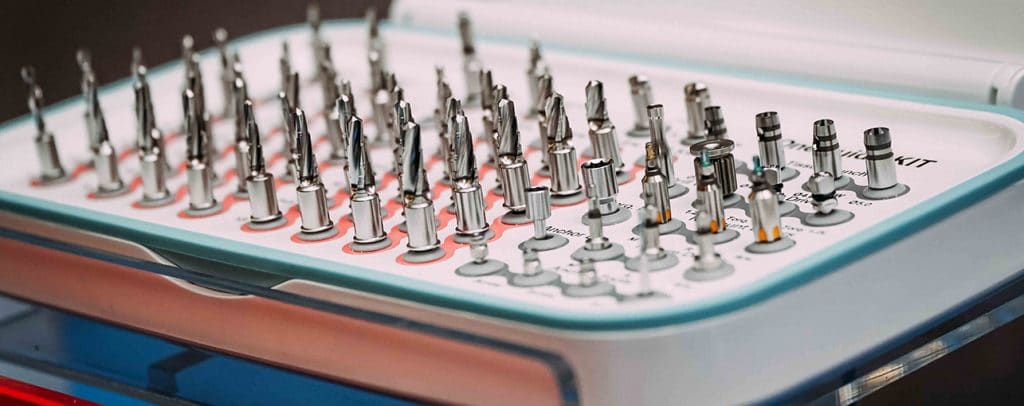
In the ever-evolving landscape of medical technology, guided surgery stands out as a remarkable achievement. This groundbreaking approach has revolutionized the way surgeries are performed, offering unparalleled precision, improved patient outcomes, and reduced surgical risks. In this blog, we will delve into the world of guided surgery, exploring its principles, applications, and the profound impact it has had on the field of medicine.
What is Guided Surgery?
Guided surgery, also known as computer-assisted surgery (CAS) or navigated surgery, is a cutting-edge medical technique that employs advanced technology to enhance the precision and safety of surgical procedures. It involves the use of 3D imaging, computer software, and surgical navigation systems to plan and execute surgeries with remarkable accuracy.
The fundamental principle of guided surgery lies in the creation of a virtual surgical plan before the actual procedure. This plan is developed based on the patient’s unique anatomy and the surgeon’s preferences. By using preoperative imaging data, such as CT scans or MRI scans, and specialized software, surgeons can create a detailed surgical blueprint.
Applications of Guided Surgery
Guided surgery has a wide range of applications across various medical specialties. Here are some key areas where it has made significant contributions:
Dentistry
In dentistry, guided surgery is commonly used for dental implant placement. By precisely determining the ideal location and angle for implants, guided surgery minimizes the risk of complications and ensures optimal functional and aesthetic outcomes. Patients benefit from faster healing times and reduced postoperative pain.
Neurosurgery
In neurosurgery, guided surgery kit is a game-changer. Surgeons can navigate delicate brain and spinal procedures with unparalleled accuracy, minimizing damage to healthy tissue and improving patient outcomes. Conditions such as brain tumors, epilepsy, and movement disorders can be treated more effectively with this approach.
The Advantages of Guided Surgery
The adoption of guided surgery has brought about numerous benefits for both patients and healthcare professionals:
Enhanced Precision
One of the primary advantages of guided surgery is the exceptional level of precision it offers. Surgeons can follow a predetermined surgical plan with sub-millimeter accuracy, reducing the risk of errors and complications during the procedure.
Reduced Invasiveness
Guided surgery often allows for minimally invasive approaches, where smaller incisions are made, resulting in less trauma to the surrounding tissues. This leads to faster recovery times, decreased pain, and lower chances of infection.
Personalized Treatment
Every patient is unique, and their anatomy varies. Guided surgery takes these individual differences into account, enabling surgeons to tailor treatments to each patient’s specific needs. This personalized approach maximizes the chances of successful outcomes.
The Future of Guided Surgery
Despite these challenges, the future of guided surgery looks promising. Advancements in technology, including artificial intelligence and machine learning, are likely to further enhance the capabilities of guided surgery systems. This could lead to even greater precision and expanded applications in medicine.
Conclusion
Guided surgery represents a remarkable fusion of medicine and technology, offering patients and healthcare professionals unprecedented levels of precision, safety, and personalized care. With its applications spanning various medical specialties, guided surgery has already made a profound impact on modern medicine. As technology continues to advance and healthcare systems adapt, the future of guided surgery holds great promise for further innovation and improved patient outcomes.

